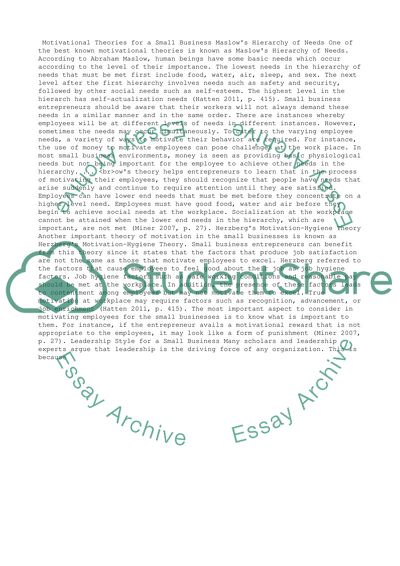Cite this document
(“Leadership Styles and Motivational Theories for Small Businesses Coursework”, n.d.)
Leadership Styles and Motivational Theories for Small Businesses Coursework. Retrieved from https://studentshare.org/management/1456177-discuss-the-suitability-of-different-leadership
Leadership Styles and Motivational Theories for Small Businesses Coursework. Retrieved from https://studentshare.org/management/1456177-discuss-the-suitability-of-different-leadership
(Leadership Styles and Motivational Theories for Small Businesses Coursework)
Leadership Styles and Motivational Theories for Small Businesses Coursework. https://studentshare.org/management/1456177-discuss-the-suitability-of-different-leadership.
Leadership Styles and Motivational Theories for Small Businesses Coursework. https://studentshare.org/management/1456177-discuss-the-suitability-of-different-leadership.
“Leadership Styles and Motivational Theories for Small Businesses Coursework”, n.d. https://studentshare.org/management/1456177-discuss-the-suitability-of-different-leadership.


